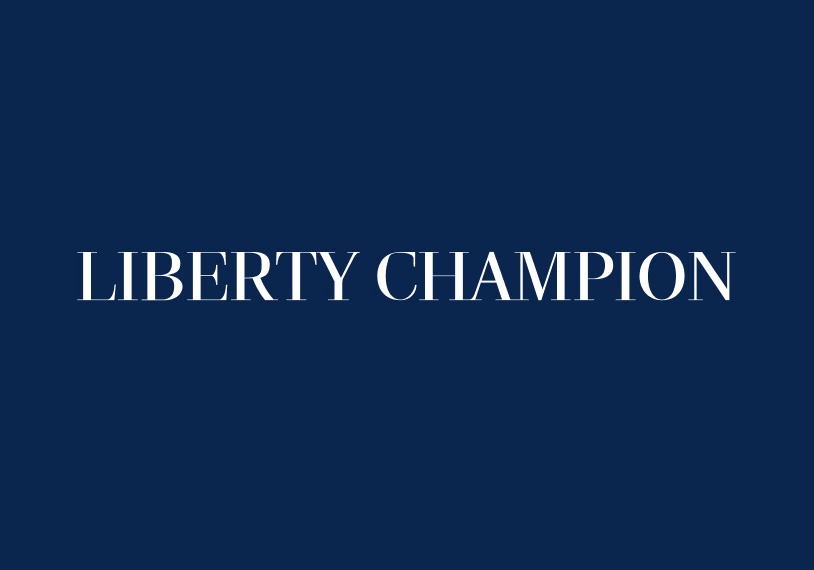After a surge in mid-September, Liberty’s COVID-19 cases have been steadily trending down, with the most recent numbers indicating a total of 34 active cases among students and faculty.
According to the most recent update to the COVID-19 dashboard, only 0.15% of the campus population currently has COVID-19. Dr. Keith Anderson, executive director of Liberty’s Health and Wellness Initiative, attributes the decline in cases to the cooperation of students and staff.
“I don’t think it’s an anomaly (that case numbers are down),” Anderson said. “I think it’s (because of) a concerted effort on the student body, the current administration, and obviously my team at the health services to mitigate the spread.”
As COVID-19 cases reached an all-time high on campus during the middle of September, Anderson said he and his team realized they had to change course in order to keep the university open. During the week of Sept. 14, the COVID-19 dashboard reported that over 1,000 Liberty students and faculty were advised to quarantine.
After looking at future projections of the virus spread, Health and Wellness acquired space at the Fairfield Hotel, adjacent to East Campus, for students to quarantine.
Since the first week of October, students have either quarantined in the Annex or at the Fairfield depending on exposure, symptoms and test results.
“The key to our success has been the utilization of both quarantine locations,” Anderson said. “Being able to identify and isolate those who are positive and quarantine those who were in direct contact chokes out the spread and prevents the spread of the virus.”
As the fall semester wraps up its final weeks, Health and Wellness has already begun making plans to mitigate the spread of the virus during the spring semester. Starting Jan. 15, students will begin returning to campus in shifts and engage in a “soft quarantine,” Anderson said. From Jan. 15-24, 2021, all classrooms will be closed and campus dining will only be open for takeout services.
This 10-day period, Anderson said, will give him and his team adequate time to identify and test students with COVID-19 and quarantine those who may have been in direct contact. Students are expected to return to in-person classes on Jan. 25.
In addition, rapid testing will be available at the start of the spring semester, giving students test results in about 20 minutes. Currently, test results can take over 48 hours to come back, and Anderson says the availability of rapid testing will allow them to identify and isolate students quicker than before.
Anderson also added that if enough tests are acquired over Winter break, Health and Wellness will consider adding surveillance testing to their mitigation protocols, which is when random samples of the population are tested to identify areas where the virus is spreading.
Thus far, the university has only engaged in diagnostic testing, which is where symptomatic individuals receive testing and contact tracing is used to identify potentially exposed individuals.
Overall, Anderson praised the student body’s response to the spread of the virus. He noted that students were cooperative about wearing masks and social distancing, which he believes played a role in slowing the spread of the coronavirus on campus.
“The whole mantra of this semester was that we wanted to be together,” Anderson said. “We wanted to (have) in-person instruction, and the only way we (could) do that was if we were champions — champions together.”
Madison Hirneisen is a News Reporter. Follow her on Twitter at @MadiHirneisen.
